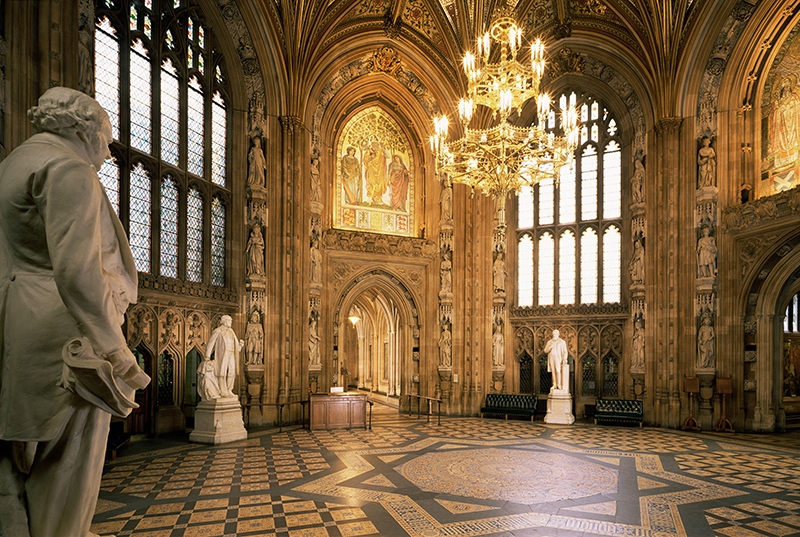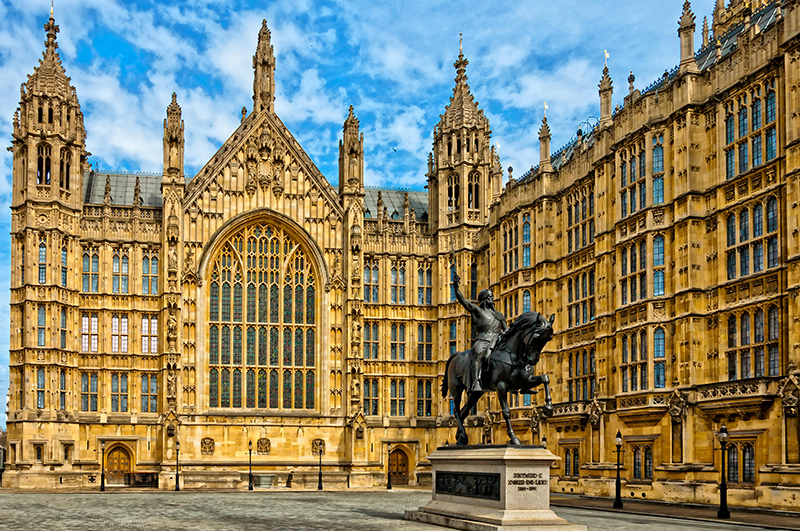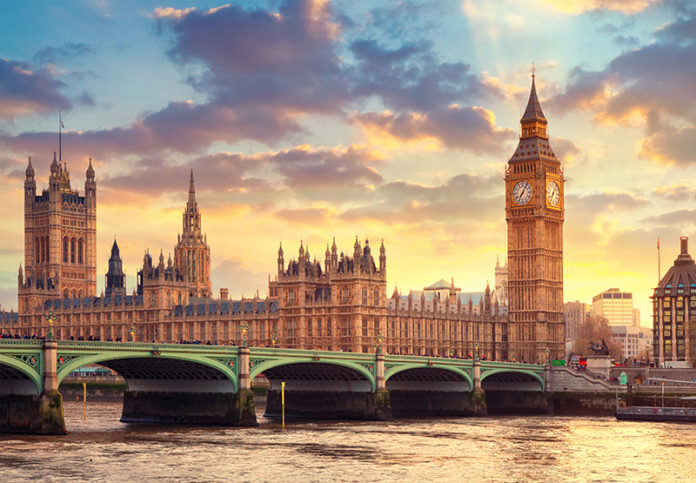Combining a thousand years of history, the drama of modern-day politics and majestic architecture, a visit to the seat of British government is quite an experience
If the walls of Westminster Hall, the oldest part of the predominantly Victorian Houses of Parliament, could talk, their thousand-year tale would be epic in scope and unparalleled in incident. For, more than any other single building, its stone walls, dating from 1097, have borne witness to a millennium’s worth of nation-shaping events and played host to everyone who has ever been anyone in British politics.

It is here that the fates of Guy Fawkes, William Wallace, Thomas More and Charles I were sealed, each tried and sentenced to death in this room. It is where Richard II was deposed; where King Henry VIII and Elizabeth I’s coronation banquets were held; where George V, George VI, Winston Churchill and most recently the Queen lay in state; and where the great and good have addressed the houses, from Nelson Mandela to Barack Obama.
Its constant evolution is underlined by two recent additions: the Diamond Jubilee window at one end, given by MPs (Members of Parliament) to Queen Elizabeth II in 2012, and New Dawn at the other, a 2016 artwork commemorating the unwavering efforts of the women’s suffrage movements to establish equal votes for women.
That the hall survives at all is thanks to some judicious and ruthless decision-making. For when, in 1834, the authorities wanted to burn two cart-loads of tally sticks, relics of an outdated Exchequer accounting system, the Clerk of Works made the fateful decision to do so in two under-floor stoves in the basement of the House of Lords. Fast forward a few hours and the upper house was ablaze, followed, inevitably, by the rest of the palace; the fire-boats stationed on the Thames could do little but watch in horror as the river’s low tide thwarted any attempt to deliver water.

The decision was made to sacrifice the rest of the building to save Westminster Hall. Naturally, the fire was front-page news, covered by all the papers, including by a young reporter named Charles Dickens, as well as being immortalised in paint by one JMW Turner. For some Victorians, the blaze was divine retribution for the earlier Great Reform Act of 1832, a change to the electoral system as divisive then as Brexit is today.
Yet for visitors joining a tour today, the jewel that emerged from the wreckage only serves to add interest and layered history to the experience. In large part, that is thanks to Charles Barry, the architect who won the competition in the wake of the inferno. His triumphant design ushers visitors through a thousand years of history, starting with the Normans who built Westminster Hall. He enlisted the help of a young Augustus Pugin, the Gothic Revivalist architect chiefly responsible for the interior of the building. Neither man would see the end result, which only partially adhered to their original design; both had died by its completion some 30 years later in 1870.
Chronologically speaking, the Norman Porch is a good place to start. The steps that lead up from the Sovereign’s Entrance mark the start of the processional route taken by Her Majesty The Queen at the State Opening of Parliament: the, typically annual, moment that all three aspects of Parliament – the Crown, the Commons and the Lords – come together.
Find out more about the Houses of Parliament by reading the full feature in Vol 87 Issue 5 of BRITAIN magazine, on sale here.






 © 2024
© 2024